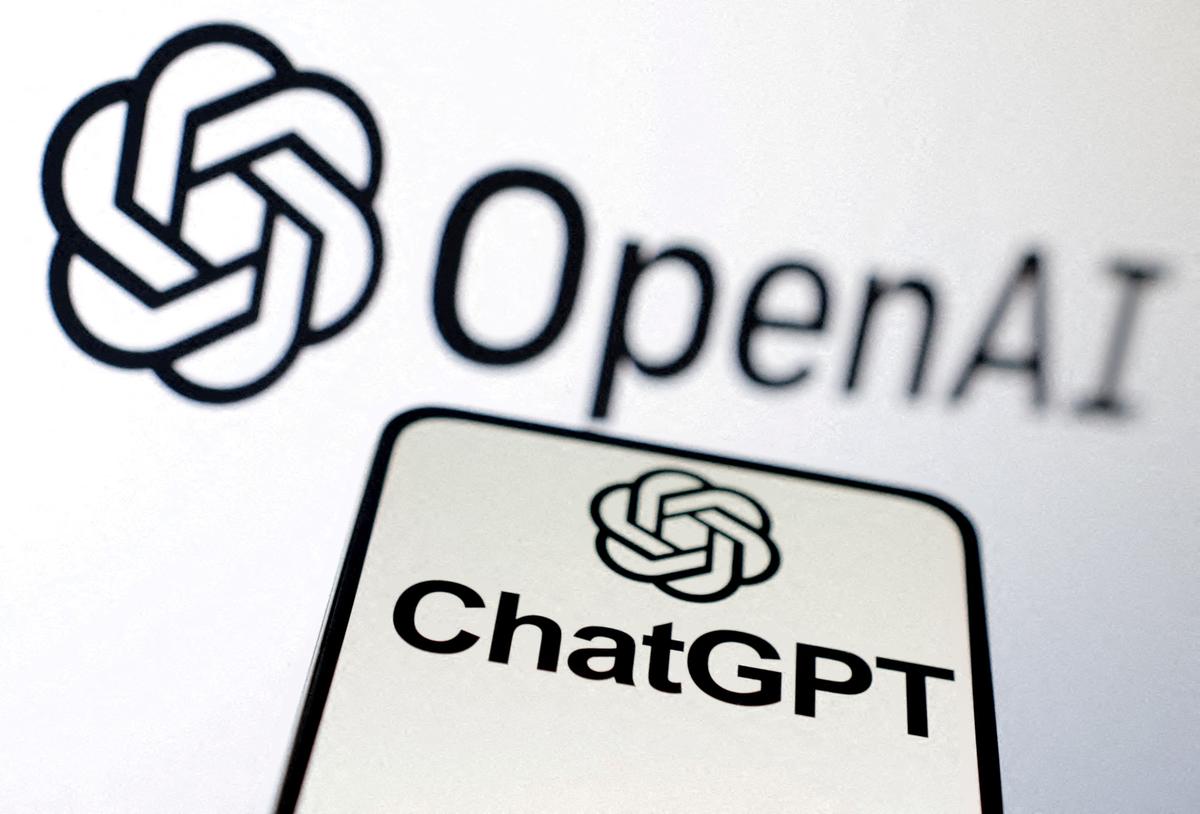OpenAI Unveils Canvas Tool for ChatGPT Users

OpenAI has officially launched its Canvas tool, marking a significant advancement in the capabilities of ChatGPT. This release comes on the fourth day of OpenAI’s 12-day shipping schedule, which aims to introduce several new features and enhancements. Initially announced in October, Canvas is designed as a sandbox-style pop-up window that allows users to make inline edits, formatting changes, and other modifications to both text and code. This tool is now available to all ChatGPT users worldwide, enhancing the platform’s functionality for creative writing and coding tasks.
What is the Canvas Tool?
The Canvas tool is an interactive feature that enables users to collaborate with AI in real time. Traditionally, users would input a prompt into ChatGPT and receive a generated response. If the output did not meet their expectations, they would have to rephrase their prompt or provide additional details, often leading to a time-consuming trial-and-error process. This method can be particularly challenging for coding tasks, where pinpointing specific bugs can be difficult.
With the introduction of Canvas, users can now access a new “View tools” icon located at the bottom of the text field. This icon provides options for Picture mode, which utilizes DALL-E, and Canvas mode. When users select Canvas and submit a prompt, a pop-up window appears, displaying the AI-generated response. This interactive environment allows users to make manual edits or formatting changes directly within the pop-up, streamlining the editing process.
Enhanced Editing Capabilities
One of the standout features of the Canvas tool is its granular editing capability. Users can highlight specific words or sections of text and issue prompts to modify only those areas. This targeted approach allows for precise adjustments, enabling users to achieve the desired outcome without navigating away from the ChatGPT interface. Whether it’s correcting a minor error in a piece of writing or debugging a line of code, Canvas provides a more efficient way to refine outputs.
This feature is particularly beneficial for creative writers and developers who often require iterative feedback. Instead of starting from scratch with a new prompt, users can build on the AI’s initial response, making adjustments as needed. This collaborative process not only saves time but also enhances the overall user experience by providing a more intuitive way to interact with the AI.
Accessibility and Requirements
The Canvas tool is built on the advanced GPT-4o model, which is essential for its functionality. However, it’s important to note that access to this model is limited for users on the free tier of ChatGPT. Those on the free plan may find their capabilities restricted compared to users with a subscription. This limitation underscores the value of the Canvas tool for professionals and enthusiasts who rely on advanced AI features for their projects. OpenAI’s decision to make Canvas available to all ChatGPT users globally reflects its commitment to enhancing user experience and expanding the tool’s accessibility. As more users adopt this feature, it is expected to foster greater creativity and productivity across various domains, from writing to software development.
Observer Voice is the one stop site for National, International news, Sports, Editor’s Choice, Art/culture contents, Quotes and much more. We also cover historical contents. Historical contents includes World History, Indian History, and what happened today. The website also covers Entertainment across the India and World.

